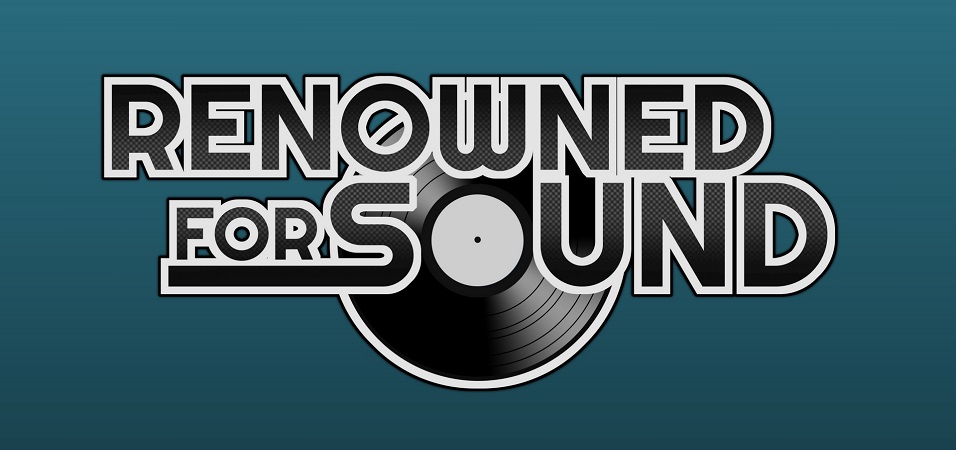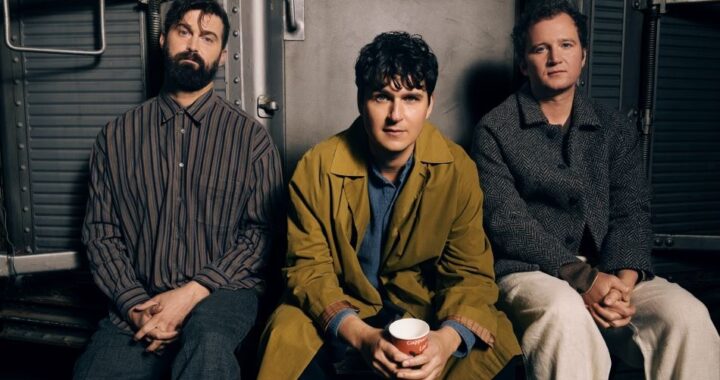Record Rewind: Metric – Live It Out
3 min read
Metric’s earlier years as a band were somewhat more chaotic than most in terms of sound. While they had recorded an album as early as 2001, which would eventually be released as their third album Grow Up and Blow Away in 2007, its constant delays led to the recording of the actual debut album, Old World Underground, Where Are You Now?. In hindsight, the increased level of polish in the synthetic new wave vibes of Old World Underground made for a much more striking introduction. The transformation in style didn’t end there, however; two years later they’d recreated their sound once again for the aggressive buzzing and heavier riffs of Live It Out, and managed to take their style to a completely different level.
 With frontwoman Emily Haines’ synthesisers pushed into the background the second time around, Live It Out used the blaring guitars and raging percussion to instead create a record that rested much more on rock and punk music. The non-stop pace of Handshakes epitomises this newfound aggression, keeping it simpler for its verses before crashing into the whooping vocals of Haines and the crashing of drums, embracing a less formulaic yet more enthralling carefree energy as they sum up modern struggles perfectly within two lines by the time the bridge rolls around—Buy this car to drive to work / Drive to work to pay for this car.
With frontwoman Emily Haines’ synthesisers pushed into the background the second time around, Live It Out used the blaring guitars and raging percussion to instead create a record that rested much more on rock and punk music. The non-stop pace of Handshakes epitomises this newfound aggression, keeping it simpler for its verses before crashing into the whooping vocals of Haines and the crashing of drums, embracing a less formulaic yet more enthralling carefree energy as they sum up modern struggles perfectly within two lines by the time the bridge rolls around—Buy this car to drive to work / Drive to work to pay for this car.
The more subdued half of the album was less punk, but kept the rock influences; Poster of a Girl is one of the album’s most minimal tracks, sticking with a simple guitar, drum and synth arrangement until the final third where it swells into a fuller arrangement, not quite unexpected but something that makes an already intriguing song even better. Empty shows the best use of a softer sound; while it opens and closes on an ethereal combination of guitar and synths, perfect for the introduction to the album, its middle section is literally an explosion of drums and guitar, transitioning suddenly from a serene soundscape to a raging punk track. Foregoing a chorus, it makes the best use of the conflicting styles in a way that pumps you up before the deafening rumble of the album truly kicks in.
The message in their music amped up in a similar fashion to the surrounding noise too. Aside from Handshakes’ rant on capitalism, perhaps the strongest combination of sound and meaning appears in Monster Hospital. It’s the album’s most straightforward punk song, utilising no real tricks or surprises in its arrangement, but makes up for it with pure energy and catchy riffs; mixed with another recurrence of their anti-war stance and mentions of the effects of post-traumatic stress disorder, even its lyrically simplistic chorus—I fought the war / But the war won—says much more than it needs to thanks to the onslaught that the rest of the track provides.
It was a very different beast to Old World Underground, Where Are You Now?, but in many ways it was a major improvement rather than a step back. While they never recaptured the new wave magic of their debut, it sent them on an indie rock path that would change their career for the better, both thanks to the success of Monster Hospital and the well-deserved attention they would find elsewhere later on. While the first album’s focus on Emily Haines was deserved and enjoyable, their attempt at embracing the band atmosphere on Live It Out was a clear success.



